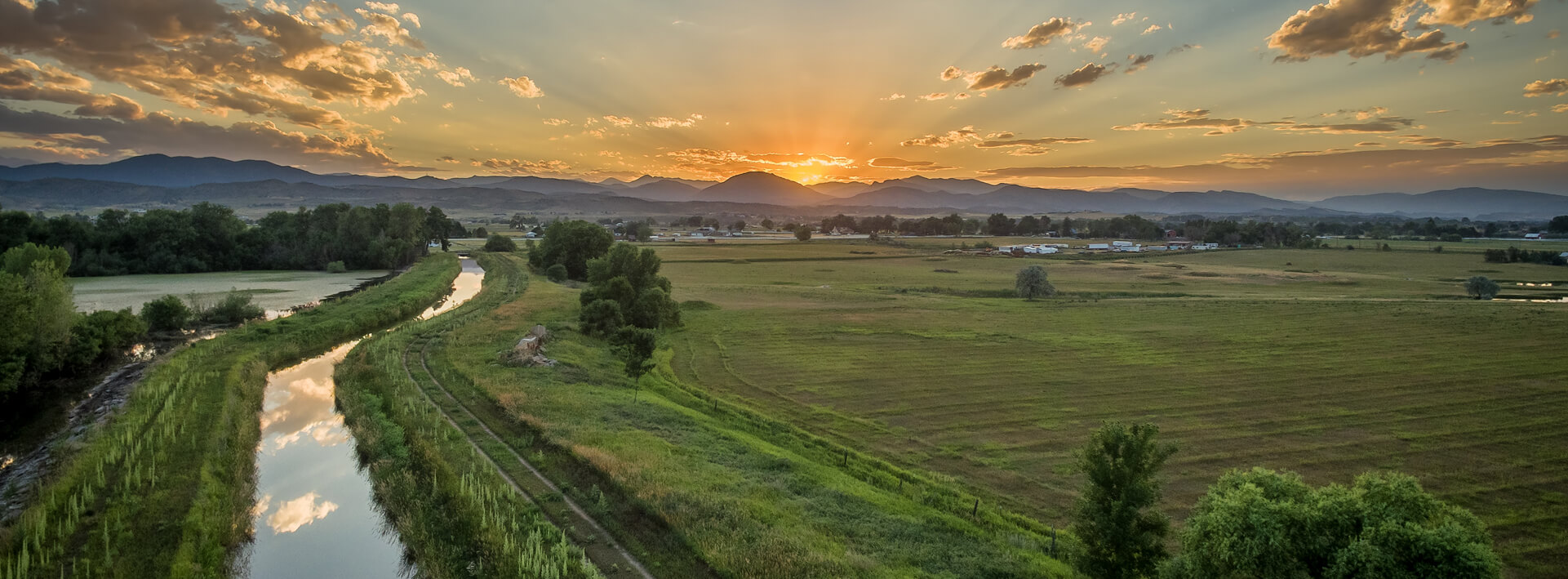Record-high expenses and sharply lower federal subsidies will erode farm income in 2022, according...
Senate Passes First-ever Climate Mitigation Bill for Ag

Senate Agriculture Chairwoman Debbie Stabenow was certain on Thursday that the House would follow the Senate in passing the first-ever climate mitigation bill for agriculture. Under the bill, the USDA would help farmers enter the carbon market, touted as the private enterprise way to earn money while combating climate change. “This is something that President Biden enthusiastically supports and Agriculture Secretary Tom Vilsack is deeply involved in,” said Stabenow, declaring the 92-8 vote in the Senate “a great victory” for landmark legislation.
Biden wants American agriculture to be the first in the world to achieve net-zero emissions of greenhouse gases and has said farmers would see new revenue sources while doing it. Carbon markets are a commonly mentioned possibility, but there is little consensus on how to capture carbon in the soil or trees, how to measure it, or how to find buyers for the credits created. Agriculture is responsible for less than 10% of U.S. greenhouse gas emissions.
Stabenow, of Michigan, and cosponsor Senator Mike Braun of Indiana said their bill, S 1251, the Growing Climate Solutions Act, would clarify the carbon sequestration marketing process. Under the plan, the USDA would certify the third-party agents who verify work by farmers, ranchers, and foresters to capture carbon and help them get paid for the reductions in carbon emissions. The USDA also would set up a clearinghouse of climate-friendly practices as an aid to producers interested in a carbon contract.
“What we are doing is voluntary, producer-led, and bipartisan. And, to me, on the Agriculture Committee, those are the magic words,” said Stabenow. Braun said, “Legislation democratizes carbon markets by making them available to small farmers, not just larger operators. Farming is generally hot or cold, feast or famine. This will provide a steady stream of income through those lean years, and I think farmers will like that.”
“Rather than bring order, the Stabenow-Braun bill would insert government into a market that is blossoming on its own,” objected Senator Mike Lee, a Utah Republican. “Though it aims to help small farmers to participate in this market, it could easily be manipulated to demand USDA set protocols and qualifications that would dominate sales. Lee was defeated, 11-89, when he tried to strip the provision for USDA certification of third-party agents.
Some farm state House Republicans share Lee’s objections to a federal role in carbon markets, even the complementary role proposed by Stabenow and Braun to help the markets grow.
“I’m confident we’ll be able to pass it,” said Stabenow when asked about the outlook in the House. The momentum of Biden’s early days in office for action on climate change has slowed, in part due to GOP objections to a USDA-run carbon bank that could finance adoption of climate-smart practices or even set a floor price for carbon credits.
Dozens of farm, forestry, food, and conservation groups support the Senate-passed bill and a companion bill in the House.
“We have been working hard to build opposition in the House,” said Mitch Jones of the consumer group Food and Water Watch. “This bill would create offset schemes that prop up corporate agricultural interests while doing nothing to actually address the climate crisis.”
EDITOR'S TAKE:
As the article points out, the overarching concept behind this legislation is to boost support for carbon sequestration markets. Generally speaking, carbon markets are an entrepreneurial way to reward farmers for helping to achieve carbon reduction goals. Proven methods to sequester carbon can be measured and are beneficial to not only the environment, but soil health as well.
It appears, based on the strong bi-partisan support in the Senate, that the legislation is likely to pass with flying colors in the U.S. House. Time will tell if this legislation will prove beneficial. We will be sure to keep it on our radar screen and follow it as time passes.








